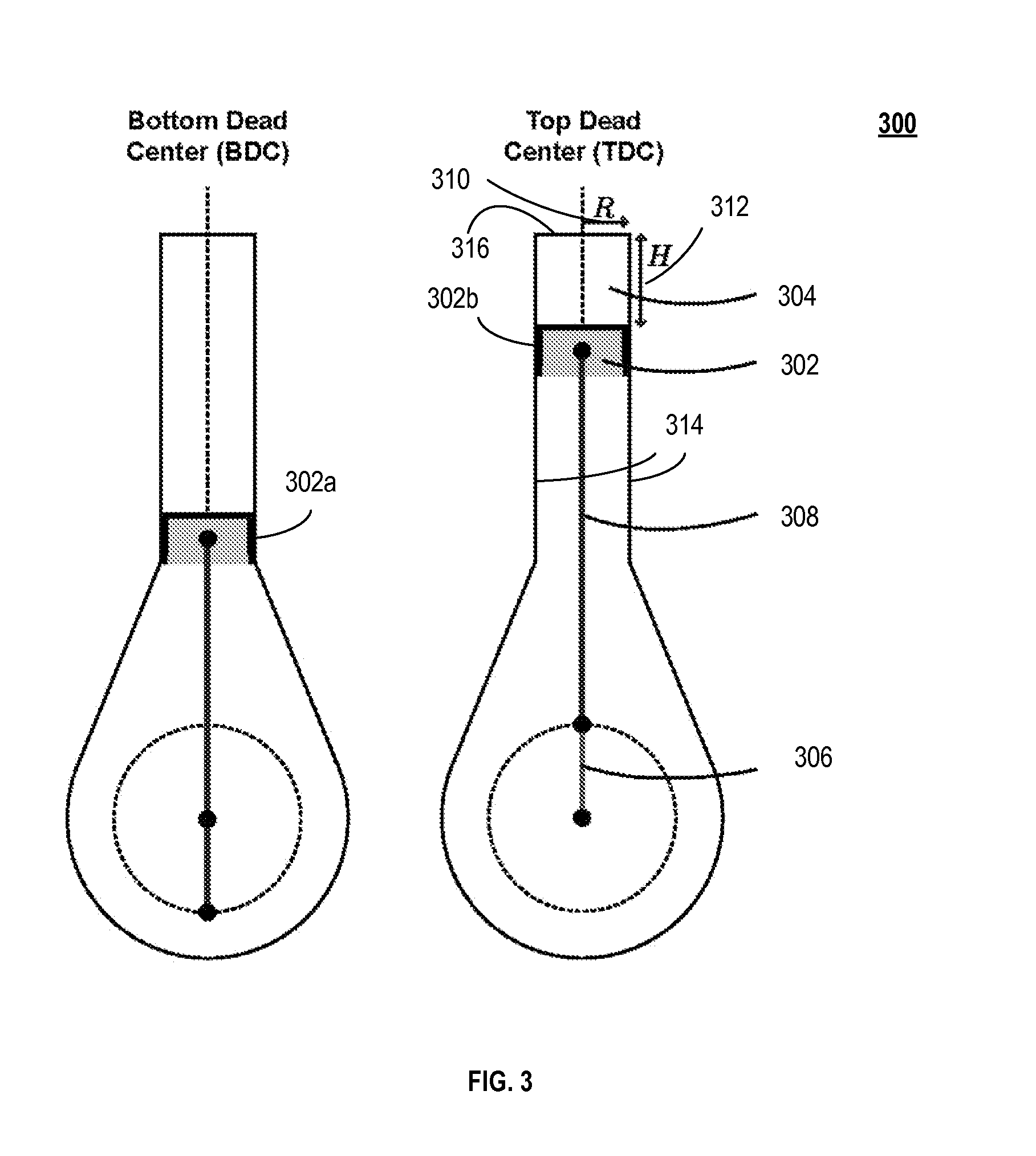Nanofuel engine apparatus and nanofuel
- Summary
- Abstract
- Description
- Claims
- Application Information
AI Technical Summary
Benefits of technology
Problems solved by technology
Method used
Image
Examples
Embodiment Construction
[0009]Various exemplary embodiments of an apparatus, system, method and / or computer program product for providing a nanofuel-based exemplary nanofuel engine apparatus and exemplary power generation systems, according to various exemplary apparatuses, and methods are set forth in detail herein, below.
[0010]According to an exemplary embodiment, an exemplary nanofuel engine apparatus may include an internal combustion engine adapted to receive a nanofuel that releases nuclear energy; and receive the nanofuel internal to the internal combustion engine.
[0011]According to an exemplary embodiment, the nanofuel engine apparatus may include where the nanofuel may include a moderator, a molecule with dimensions on a nanometer scale, and a molecular mixture.
[0012]According to an exemplary embodiment, the nanofuel engine apparatus may include where the internal combustion engine may further include a reflector.
[0013]According to an exemplary embodiment, the nanofuel engine apparatus may include...
PUM
 Login to View More
Login to View More Abstract
Description
Claims
Application Information
 Login to View More
Login to View More - R&D
- Intellectual Property
- Life Sciences
- Materials
- Tech Scout
- Unparalleled Data Quality
- Higher Quality Content
- 60% Fewer Hallucinations
Browse by: Latest US Patents, China's latest patents, Technical Efficacy Thesaurus, Application Domain, Technology Topic, Popular Technical Reports.
© 2025 PatSnap. All rights reserved.Legal|Privacy policy|Modern Slavery Act Transparency Statement|Sitemap|About US| Contact US: help@patsnap.com



